How to Track Your Package: 9 USPS Tracking Statuses & Their Meanings
Skip the Scroll — Download the PDF
Download this blog as a PDF to revisit it whenever you want. We’ll email you a copy.
Table of Contents
** Minutes
9 most common USPS tracking statuses
Whether you’re the sender or a recipient of a package, following along with your package’s tracking updates is the best way to keep an eye on its journey to the final destination.
The thing is, USPS tracking statuses aren’t as basic as “Sent,” “In Transit,” and “Delivered.” In fact, there are dozens of different statuses that reflect where a package is within the USPS network, and each status covers every scenario that affects the millions of shipments the Postal Service handles every day.
This guide is all about the 9 most common tracking statuses — as well as the sub-statuses within those categories — and what they mean.
But before we get into that, let’s talk about the basics of tracking a package sent with a USPS shipping service.
How to track a USPS package?
Checking the tracking status of your USPS package can be done in several ways. You can track by:
- Entering your package’s unique tracking number into the tracking portal on the USPS website
- Following along in your USPS mobile app
- Calling USPS to get updates via phone
- Electing to receive SMS messages each time USPS updates your package’s tracking status
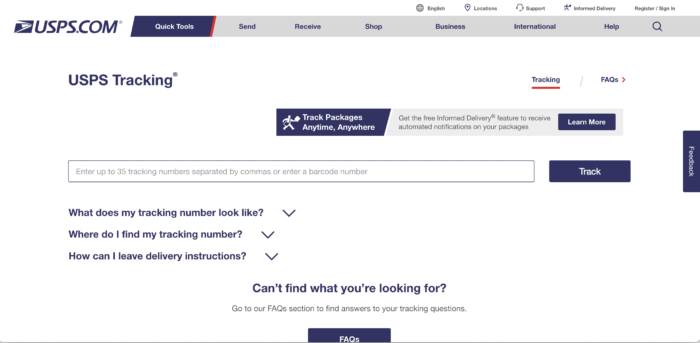
If you used a third-party provider like ShipBob to purchase your shipping label, you can also follow along in your dashboard by clicking into your shipment details. For business owners, using a business plan sample can be an essential tool for incorporating your shipping strategy into your larger operational plan. Planning your shipping logistics carefully ensures smooth operations from the very start.
However, in our experience, the USPS website provides the most up-to-date and detailed tracking status updates for you to follow along with your package as it travels to its final destination.
How to get a tracking number from USPS?
Every USPS shipping label that you purchase comes with its own unique tracking number, no matter where you buy it.
A tracking number that allows you to follow along with your package on its journey is included in the cost of your label, which means you don’t need to pay any extra money to be able to keep an eye on it!
How to track a package without a USPS tracking number?
If you don’t have a USPS tracking number, it’s difficult, but not impossible, to track your package.
The best bet to track your package is to contact USPS customer service or get in touch with the shipping software provider’s support team.
When speaking to a customer service representative, you may need to know certain information such as:
- The type of service associated with your package (e.g., First-Class Package Service, Priority Mail, Priority Mail Express, or Parcel Select Ground)
- The delivery address
- The shipment’s value
- And other information
Once you provide those, either USPS or a third-party provider may be able to use that information to track down your package and provide updates on its status.
They’ll probably also give you the tracking number so you can follow along with your package’s updates. Shipping companies consider it one of the best shipping strategies for your packages.
9 most common USPS tracking statuses
Beginning when you first create your label to when the recipient receives the package, USPS assigns a tracking status update for every step of a package’s journey.
Below are the most common USPS tracking statuses we see for USPS shipping services on a daily basis.
Each status also contains different “sub-statuses” that you’ll come across whenever you follow along with your package’s on the USPS website, or however you choose to keep tabs on your shipment.
1. Pre-shipment
USPS assigns the “Pre-Shipment” tracking status to labels that have been created but not yet scanned into the USPS network.
Here is the most common pre-shipment status you can expect:
Label created, not yet in system
This status is assigned to a newly-created label. When you see it, it means that USPS has registered a new label, but it hasn’t been scanned into their system yet.
USPS can sometimes take up to 24 hours to scan a label into their system once it has been created.
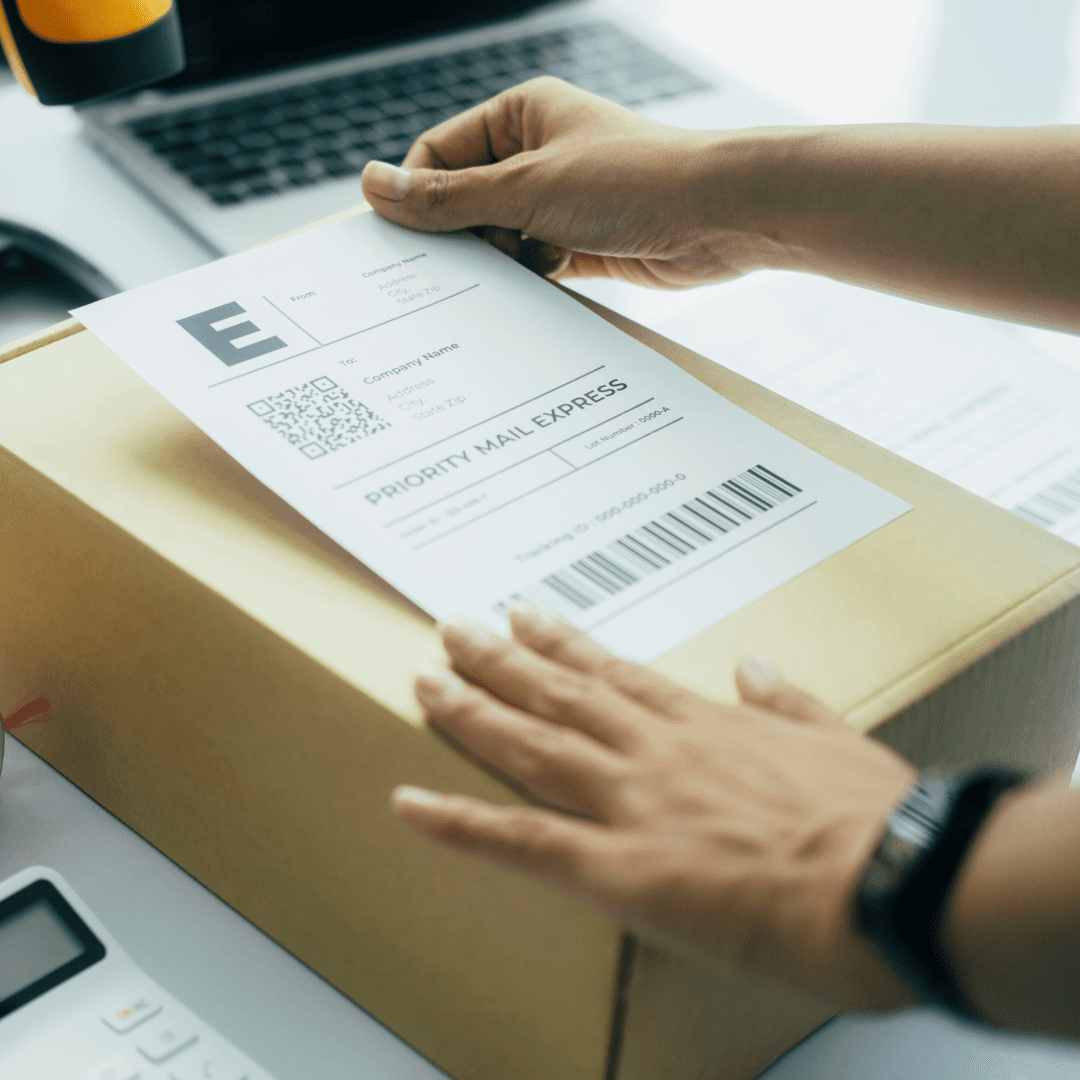
2. In transit
“In Transit” status updates are the type of tracking statuses you will see once USPS has scanned in the package and is transporting it within its network.
Here are the ‘in-transit’ statuses you can expect:
In transit to next facility
The package is moving through the USPS network and is on its way to the next USPS sorting or destination facility, where it will be scanned in upon arrival.
Arrival at unit
The package arrived at the sorting destination (the post office) on the day indicated and is scheduled for delivery.
Departed USPS facility
The package left the sorting facility indicated by the city, state, and zip code.
Arrived at USPS facility
The package arrived at the sorting facility indicated by the city, state, and zip code.
Processed at destination facility
USPS processed the package at the destination facility indicated by the city, state, and zip code.
Arriving late
The package is delayed and arriving later than initially anticipated.
Outbound – out of US Customs
The US Customs Department has released the package back to USPS, which has sent the package overseas from the domestic departure facility.
Customs clearance
The package has cleared US Customs and will be given to USPS for final delivery.
Received by US Postal Service from US Customs
The US Customs Department has released the package back to USPS, and it is now ready to be shipped overseas.
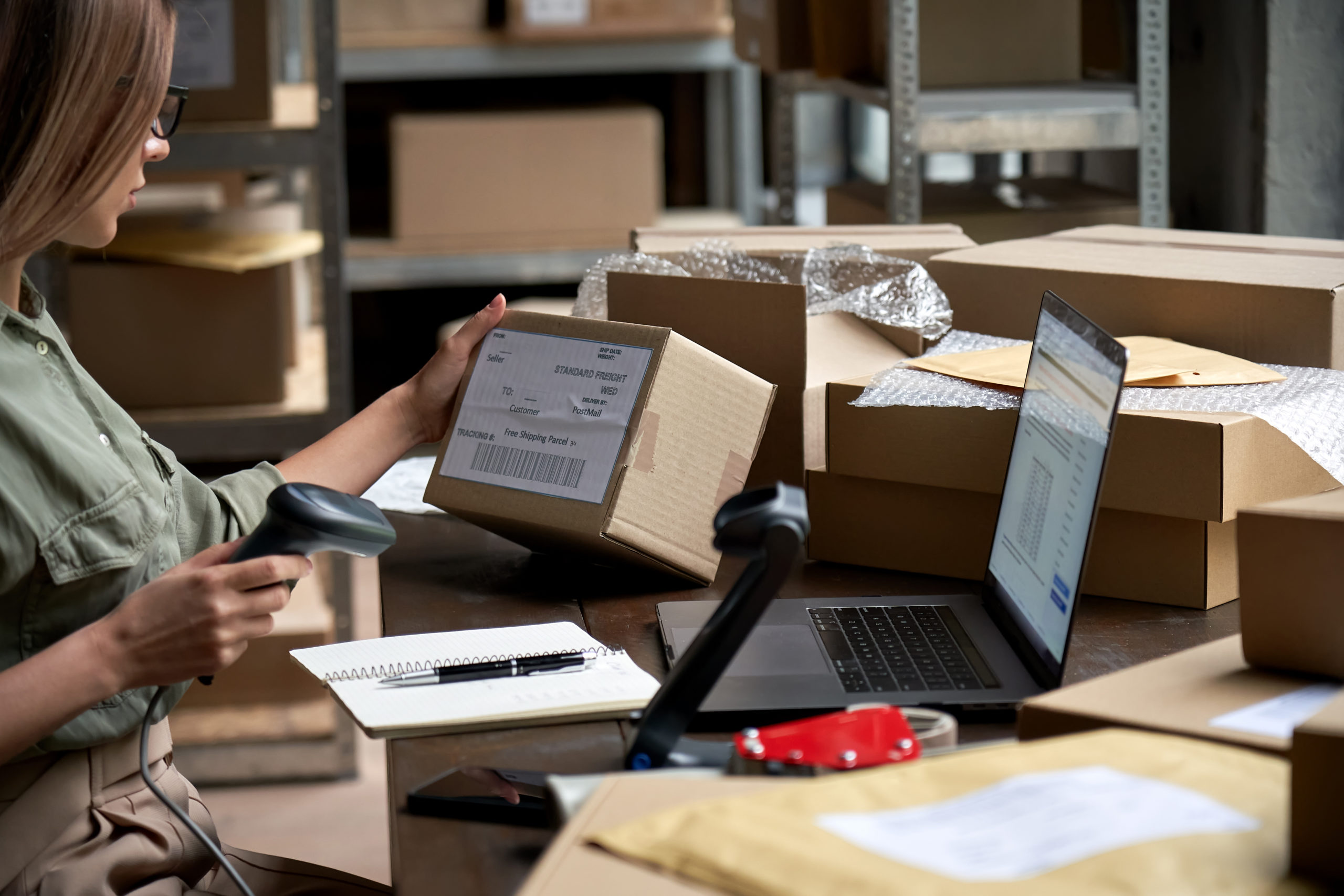
3. Out for delivery
The “Out of Delivery” status indicates that USPS has the package out for delivery, and it is intended to be delivered on the designated date and/or time specified.
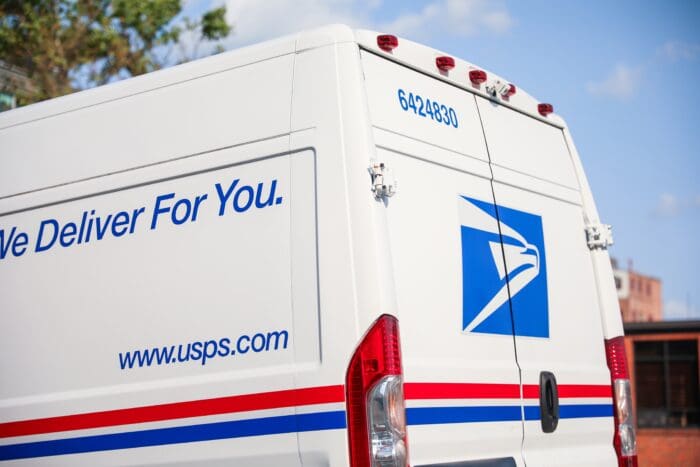
4. Delivered
The “Delivered” status means USPS has made the delivery of your shipment at its end destination, and that they consider the job done.
Here are the two different ‘Delivered’ statuses you can expect:
Picked-up
Your recipient picked up the parcel at their local post office.
Delivered to agent
USPS delivered the package to an agent of the residence or institution it was addressed to (e.g., a college dormitory, condo building, etc.).

5. Delivery attempt
You’ll see a “Delivery Attempt” status when USPS tries to deliver your package to its final destination but can’t carry out the final delivery for whatever reason.
Here are the ‘Delivery Attempt’ statuses you can expect:
Held at the post office customer request
Your recipient requested USPS to hold the package at the destination post office.
Receptacle blocked
The path to the delivery receptacle was physically blocked somehow.
Receptacle full/item oversized
There wasn’t any room in the mailbox/delivery box, or the parcel was too big to fit.
No secure location available
The location wasn’t deemed safe enough to deliver the item, and there was no endorsement or messaging at the delivery location to leave the package anywhere else.
This sometimes happens if there is a pet such as a dog blocking the mailbox. Believe it or not, guard dogs are actually a bit of an issue for USPS workers sometimes. Nearly 5,300 USPS workers reported being attacked by dogs in 2020!
No authorized recipient available
This status indicates that no one was available to accept the package. This typically happens for packages that have “Signature Confirmation” service attached to them.
No access to delivery location
The USPS worker couldn’t access the delivery location (e.g.,, a gated community with an access code).

6. Accepted
When you see an “Accepted” tracking status update, you’ll know that USPS is in possession of your package either at a facility in your origin zip code or in your destination zip code.
Here are the ‘Accepted’ statuses you can expect:
Accepted at destination
The item arrived at the destination USPS processing facility or post office.
Origin acceptance
USPS accepted the package at the sorting facility designated to the zip code you’re shipping from.
Accepted at USPS facility
USPS accepted the package into their system at the USPS facility in the designated zip code.
USPS in possession of Item
USPS picked up the package as part of a pickup scheduled by the shipper.

7. Available for pickup
The recipient can pick up the package at the post office or otherwise specified USPS facility.

8. Alert
“Alert” statuses show up when USPS experiences an uncommon issue during the delivery stages, such as a recipient’s refusal or a problem with the destination address.
Here are the ‘Alert’ statuses you can expect:
Awaiting delivery scan
An acceptable delivery event (Delivery, notice left, etc.) hasn’t occurred within 14 hours of the package’s tracking status being updated to “Out for Delivery.”
Refused
USPS tried delivering the parcel, but the recipient refused it.
Unable to deliver problem with address
One or more of the address elements was incorrect, so USPS couldn’t make the delivery.
Forwarded
USPS forwarded the package to the recipient’s new address they have on file.
Dead mail/sent to recovery mail
USPS can’t deliver, forward, or return the package for whatever reason. As a result, the package has been sent to the Postal Service’s Mail Recovery Center in Atlanta, Georgia.
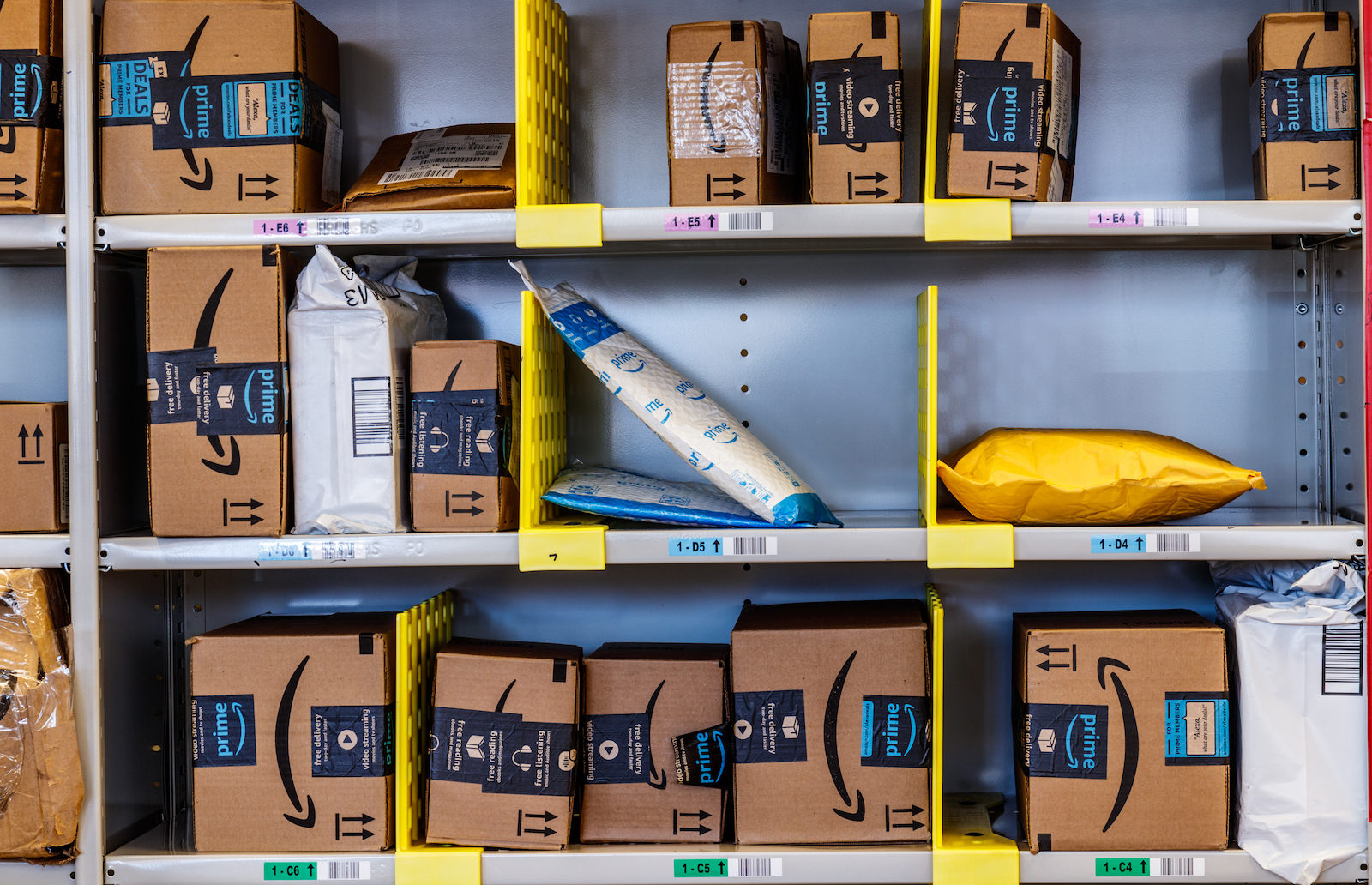
9. Return to sender
Sometimes USPS delivers packages back to the sender for a variety of reasons. When this happens, you’ll see “Return to Sender” status updates.
Here are the ‘Return to Sender’ statuses you can expect:
No such number
Some part of the address was missing or invalid, like an incorrect suite number or a typo in the street address.
Insufficient address
USPS can’t deliver the package because there isn’t enough information in the provided address.
Moved, left no address
The recipient moved and failed to set up a forwarding address.
Forward expired
The recipient’s order to forward mail and packages to their new address has expired.
Addressee unknown
No one knows the recipient at the address provided.
Vacant
The delivery point is unoccupied or empty.
Unclaimed/Unspecified
USPS is returning the package to the sender for an unspecified reason (this typically occurs in the case of a recipient who is deceased).
Streamline your shipping with ShipBob
When you work with ShipBob as your fulfillment partner, you can streamline your shipping by keeping tabs on all of your package’s tracking statuses using ShipBob’s centralized fulfillment platform.
While managing orders, ShipBob makes it easy to keep tabs on all of your shipments by including tracking information in your dashboard for all of your packages as their statuses update in real time.
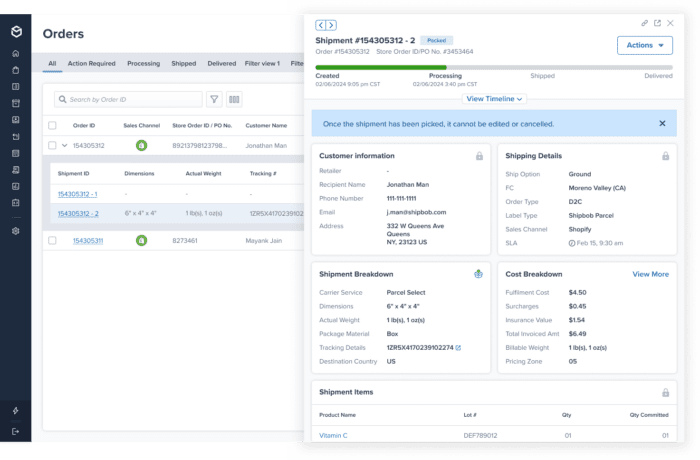
ShipBob also offers exceptional shipping solutions, such as the 2-Day Express Shipping program, which guarantees 2-day shipping for customers located in the contiguous US.
Knowing that your shipments will reach your customers quickly and affordably not only gives you peace of mind, but it also makes it easier to spot issues like delayed deliveries when tracking orders from the ShipBob dashboard.
Click below to get more information about ShipBob’s omnichannel fulfillment solutions.
USPS tracking status meanings FAQs
Here are answers to the top questions about USPS tracking status meanings.
Which USPS services include package tracking in the price?
All USPS shipping services come with full door-to-door tracking included with the price of your label, and you can view status updates by entering your unique tracking number into the USPS tracking portal.
The USPS services you’ll find on ShipBob that include tracking are First Class Package Service, Priority Mail, Priority Mail Express, Priority Mail Flat Rate, Media Mail, and Parcel Select Ground.
Where can I find USPS tracking number?
You can find your USPS tracking number on your label itself, your receipt (if you shipped a package at the Post Office), or in your ShipBob dashboard when you click into your shipment details.
You can also elect to have ShipBob email your recipients once you have purchased a USPS label for your package(s), and you can find your USPS tracking number in each of these automated emails.
How often does USPS tracking update?
Since USPS scans packages at every touchpoint in its network, you’ll see updates to your package’s tracking status during every step of its journey.
For instance, your package’s tracking status will update when you first purchase your label, when USPS gives your package its initial scan, when it’s in transit to the next facility, when it arrives at the destination zip code’s post office, and when it’s delivered.
What if the USPS tracking delivery status isn’t updating?
If your USPS tracking status isn’t updating, then your package may be delayed, or, in the worst case, lost in the Postal Service’s network. After you let a few days pass to see if USPS posts any updates to your tracking number, you can elect to file a missing mail search with USPS.
Sometimes filing a missing mail search helps kick tracking updates into gear, or, at the very least, helps you locate your package within the USPS network. If filing a missing mail search still doesn’t result in any new updates, you can also elect to file an insurance claim directly with USPS for the value of your package (if your label includes built-in USPS insurance, that is).


